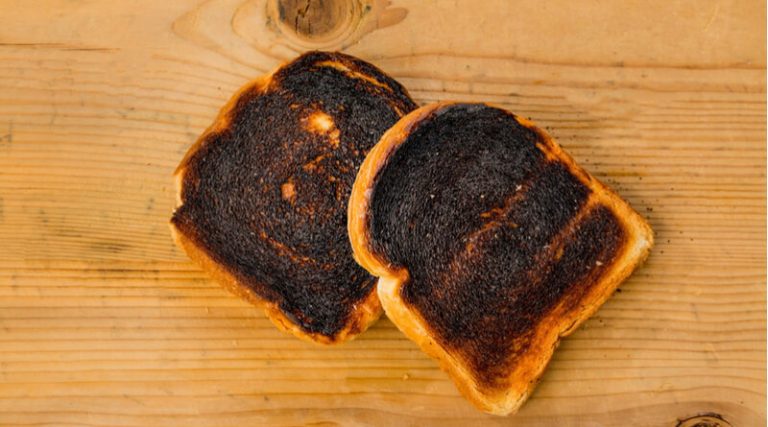
EFSA calculated a BMDL 10 of 170 µg/kg body weight/day - this means it is unlikely that exposures at this level would cause tumours in mice (technically it is the lower end of a confidence interval for the dose that would cause 10% increased tumours).

Given the numbers provided by EFSA and FSA, it is perhaps unsurprising that no association has been shown in large studies. But it can be considered evidence of something that is not very important. If there has been a huge effort to find an association, and none has been found, it’s true that this may not be direct evidence of the absence of an effect (though this can never be proved anyway). Remember that each study is testing an association with a long list of cancers, so using the standard criteria for statistical significance, we would expect 1 in 20 of these associations to be positive by chance alone.Ī standard response might be the over-used cliché: ‘ absence of evidence is not evidence of absence’. Moreover, one study suggested a lower survival in non-smoking women with breast cancer with a high pre-diagnostic exposure to AA but more studies are necessary to confirm this result. A few studies suggested an increased risk for renal cell, and endometrial (in particular in never-smokers) and ovarian cancer, but the evidence is limited and inconsistent. In the epidemiological studies available to date, AA intake was not associated with an increased risk of most common cancers, including those of the GI or respiratory tract, breast, prostate and bladder. A massive report from the European Food Standards Agency (EFSA) lists 16 studies and 36 publications, but concludes

However, there is no good evidence of harm from humans consuming acrylamide in their diet: Cancer Research UK say that “ At the moment, there is no strong evidence linking acrylamide and cancer.” The IARC (International Agency for Research on Cancer) considers it a ‘ probable human carcinogen’, putting it in the same category as many chemicals, red meat, being a hairdresser and shift-work. Very high doses have been shown to increase the risk of mice getting cancer. It is used as an industrial sealant, and workers with very high exposures suffered serious neurotoxicity.

The idea is to reduce people’s intake of acrylamide, a chemical that is “created when many foods, particularly starchy foods like potatoes and bread, are cooked for long periods at high temperatures, such as when baking, frying, grilling, toasting and roasting.” (FSA)Īcrylamide can be, in large doses, a very nasty substance. The Food Standards Agency (FSA) today launched its Go for Gold campaign, encouraging us not to burn our roast or fried vegetables and keep our oven chips at a nice golden colour. We have republished it here with his kind permission. This piece was originally posted by Sir David Spiegelhalter on the Winton Centre for Risk and Evidence Communication.


 0 kommentar(er)
0 kommentar(er)
